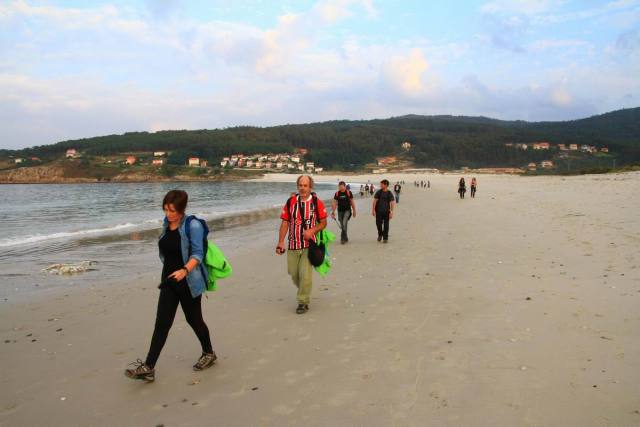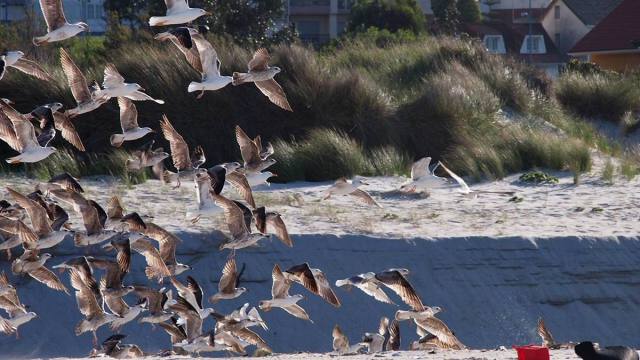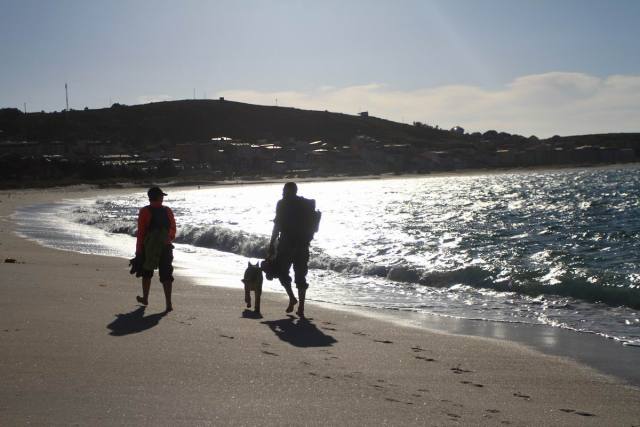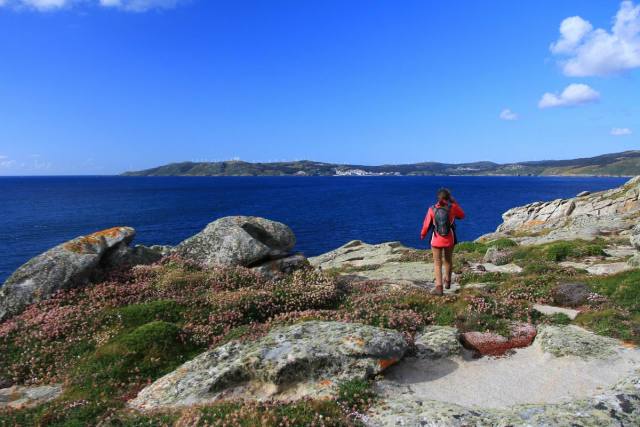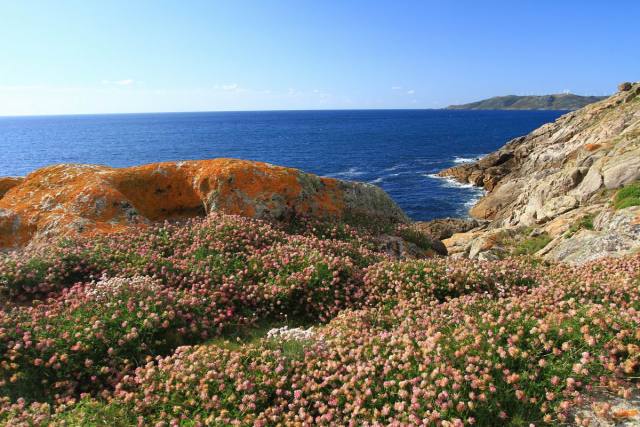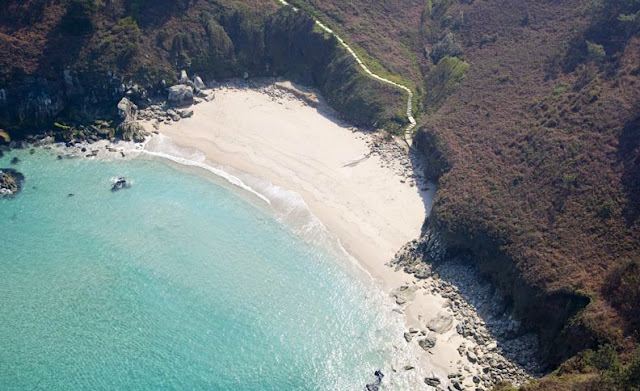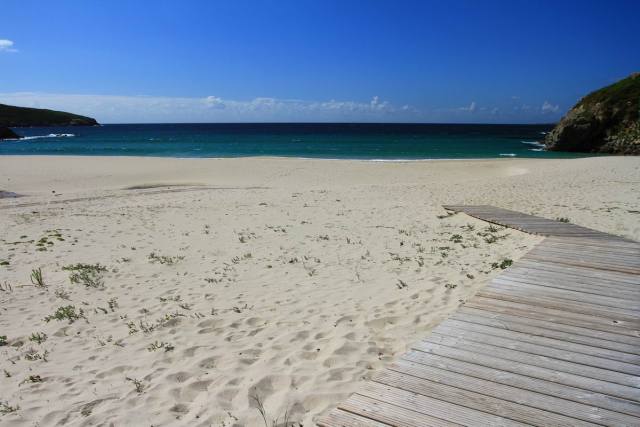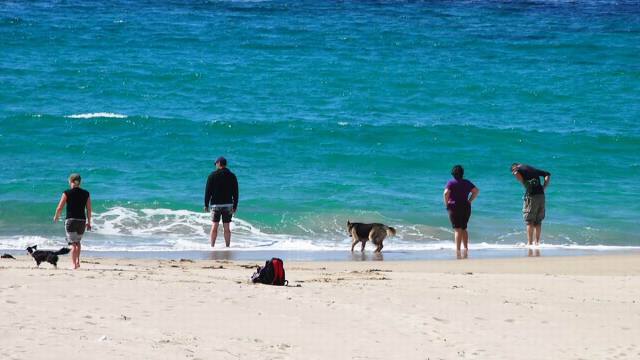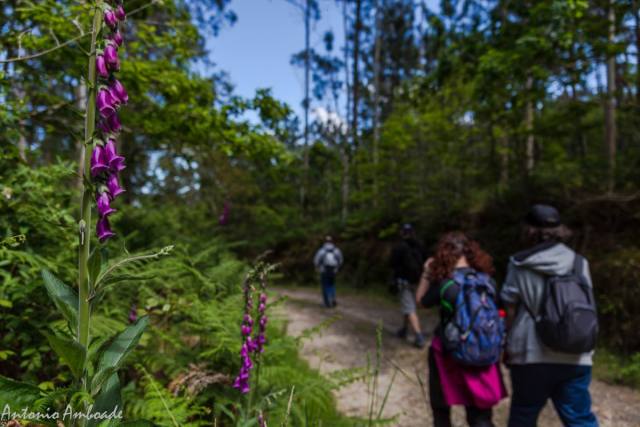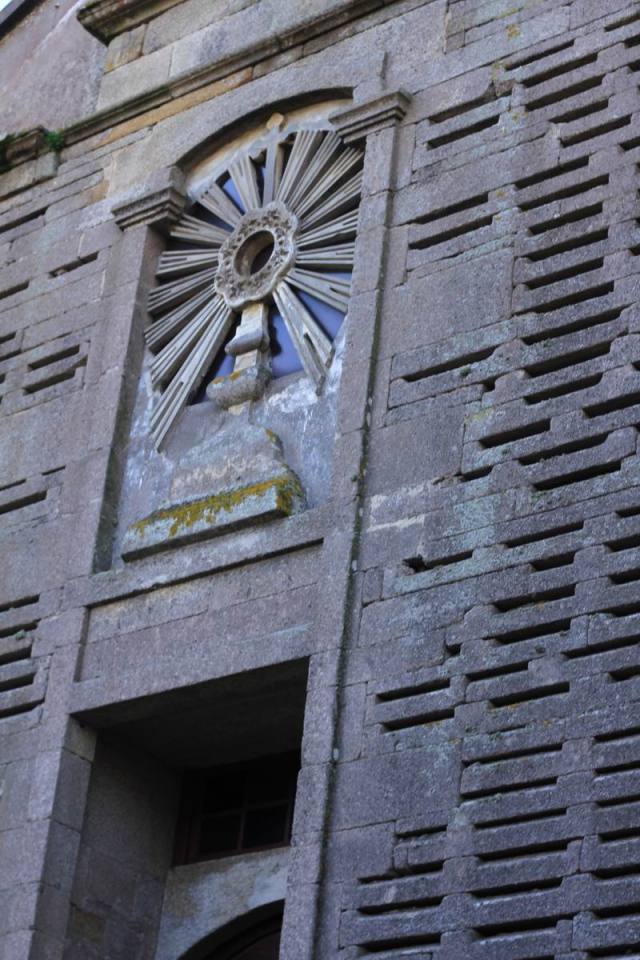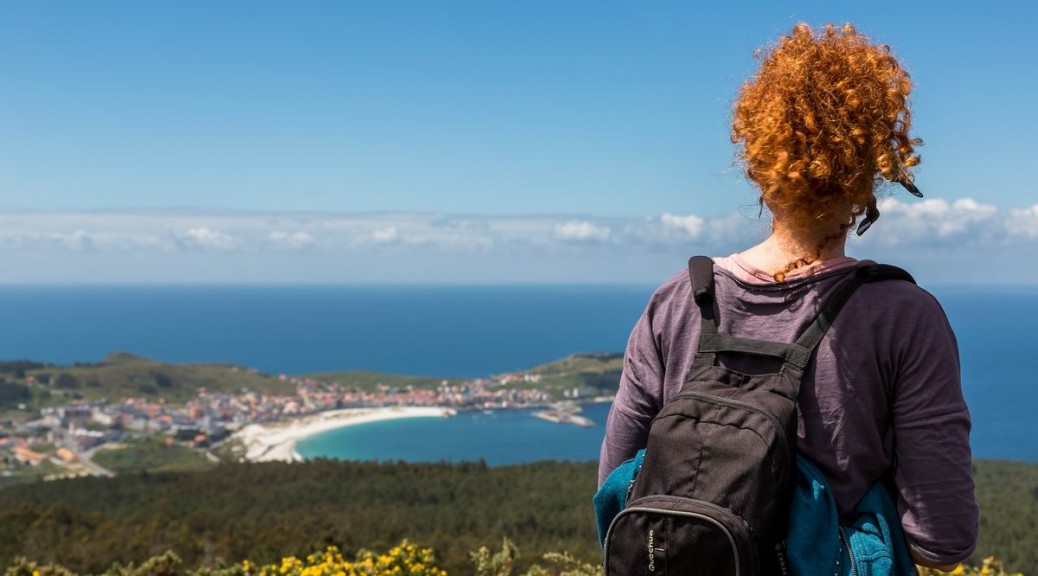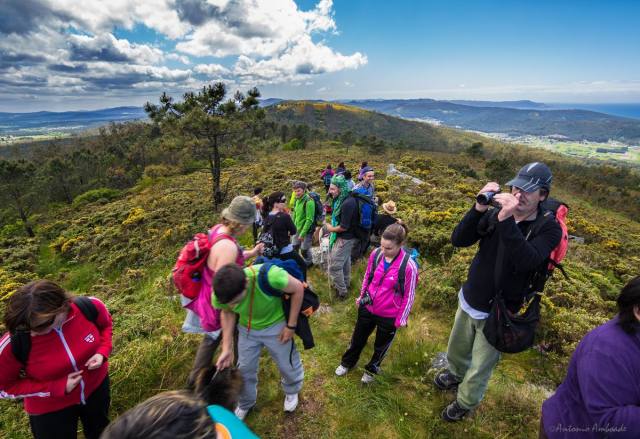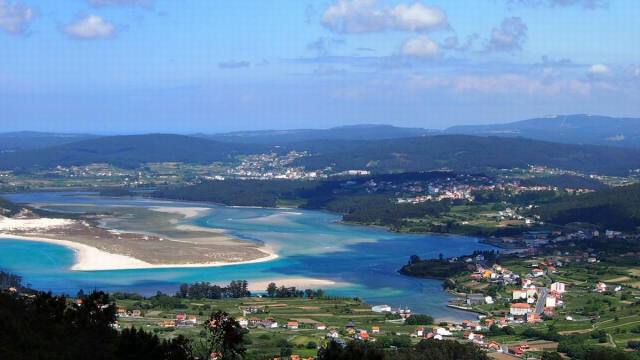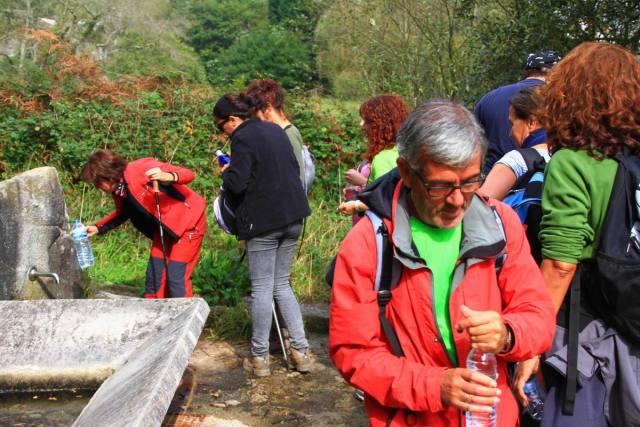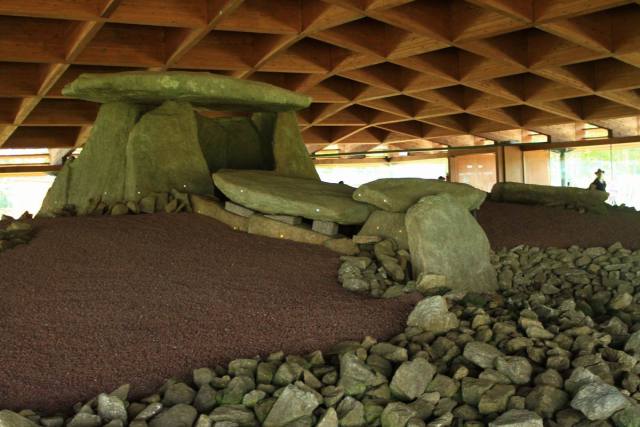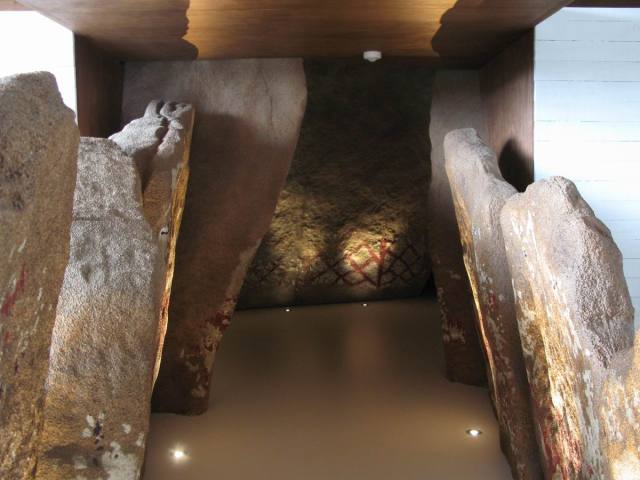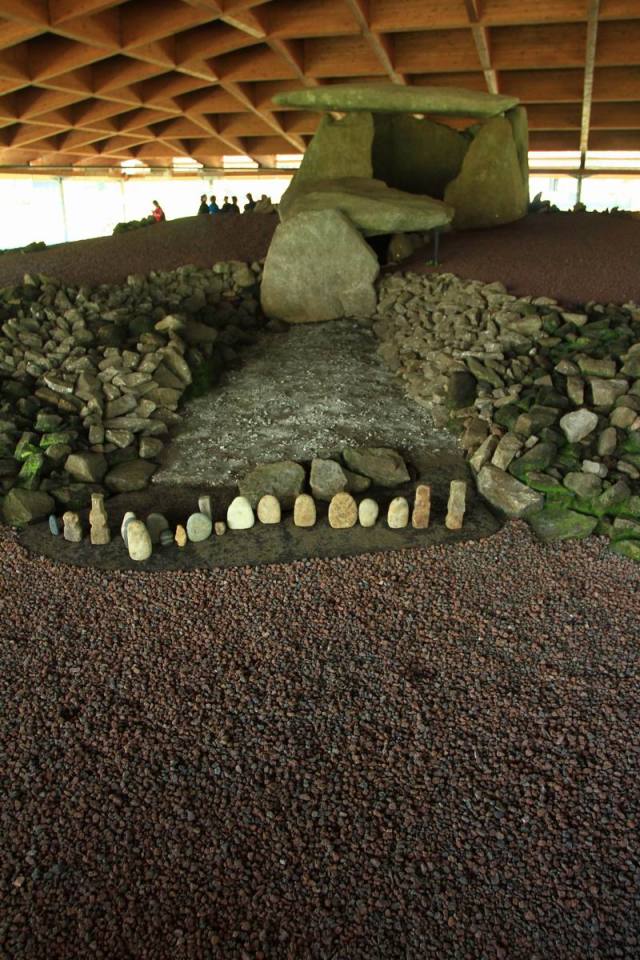The Square Ramón Juega is in the center of Laxe and it is the end of this 3rd stage of O Camiño dos Faros and the starting point of the 4th one. On one of its sides we can see the house of Arch (Casa do Arco).
Tag Archives: Stage 3
Laxe Beach
This beach forms part of the village and it extends all along the south coast of the estuary. Not only its 2 kilometers of white and fine sand but also all the services and great promenade it provides the visitors with make this beach an ideal place to enjoy with your family.
Getting to Laxe from the beach is another special moment of O Camiño dos Faros. Wandering along it barefoot feeling the water, without any rush making all your senses feel it is a present O Camiño dos Faros provides us with.
Cabo da Area
Punta do Cabalo
All the cliffs in this area don´t let us follow the route along the coast of Cabana as we would like to. However, we can enjoy from the privileged viewpoint, Punta do Cabalo, an amazing view of all the Ría.
Beach San Pedro
The beach San Pedro is the last one in Cabana, being the closest to Laxe. In order to access to it, we have to take a path that starts in San Pedro de Canduas. It is placed among to rocks and surrounded by a forest and it is considered to be one of the treasures in this Coast da Morte.
O Camiño dos Faros does not descend to the beach. On the other hand, it goes on along the houses of San Pedro leading to Punta do Cabalo by walking across pine groves, bay trees and some areas with oaks.
Beach Rebordelo
The beach Rebordelo is the largest in this area and it is in a virgin surrounding of the coast of Cabana, surrounded by pine groves and eucalyptus.
In winter, a stream that forms a peculiar waterfall can be seen on the left of the beach. We will have to walk across it on our way to San Pedro.
Canduas
From the castle of Lourido we descend by taking a dirty track that will lead us till Canduas through Arnela.
Canduas emerged around the Monastery of San Martiño in Canduas. It dates back to the 14th century, and it was annexed to the Monastery of San Martiño Pinario in Santiago. There are no remains of the old monastery. The rectory house was built above it and the façade of the Church of San Martiño was covered by using the stones of the “hórreo”. This façade faces the North.
In our route, apart from the Church we can also see the House of Romero and its stone cross.
Mount Castelo in Lourido
The next stop in O Camiño dos Faros is the summit of the route, the mount of Castelo in Lourido (312 meters). We take the path that takes us from Dombate to Fontefría to get to that mount by walking across the village to start ascending to the top.
Across the estuary we can see Laxe, that is the end of this 3rd stage. From this viewpoint, we have the feeling that we can grasp it.
Fontefría
We left Dombate and we headed to Fontefría to reach the summit of O Camiño dos Faros: The Castle Lourido. In Fontefría, we can fill up our bottles in the fountain that it is before reaching the village.
Along the way, we meet with the farmers that prepare the silos (kind of storage places for holding grain) to stock the food that will feed the animals in winter.
Dolmen in Dombate
O Camiño dos Faros reaches one of the most important monuments of the megalithic art in Galicia. The Dolmen in Dombate. This Dolmen has been the object of different excavations and studies. It has been recently created a plan to complete its restoration by protecting it with a dome of wood and a center for its study has been built.
When we start the visit of the center of research, we are aware of its great splendor, enjoying its paintings and learn a bit more about its origin.
Regarding the remains that have been found, there are some flint blades, arrows and polished axes, necklaces and ceramic pieces that belonged to the trousseau of the chief of the tribes to make the “travel” after dying easier. The divinity was represented by different human-shaped images placed along the corridor.
We, the “Trasnos” are not archaeologists, but after visiting the dolmen and seeing it in its original state, we left the place with a weird feeling as we think that something bad has been made to keep such a monument under such a big piece of wood that makes it seem to be much smaller. Suddenly, we wonder if it will stay there and it that condition 5000 years more.



